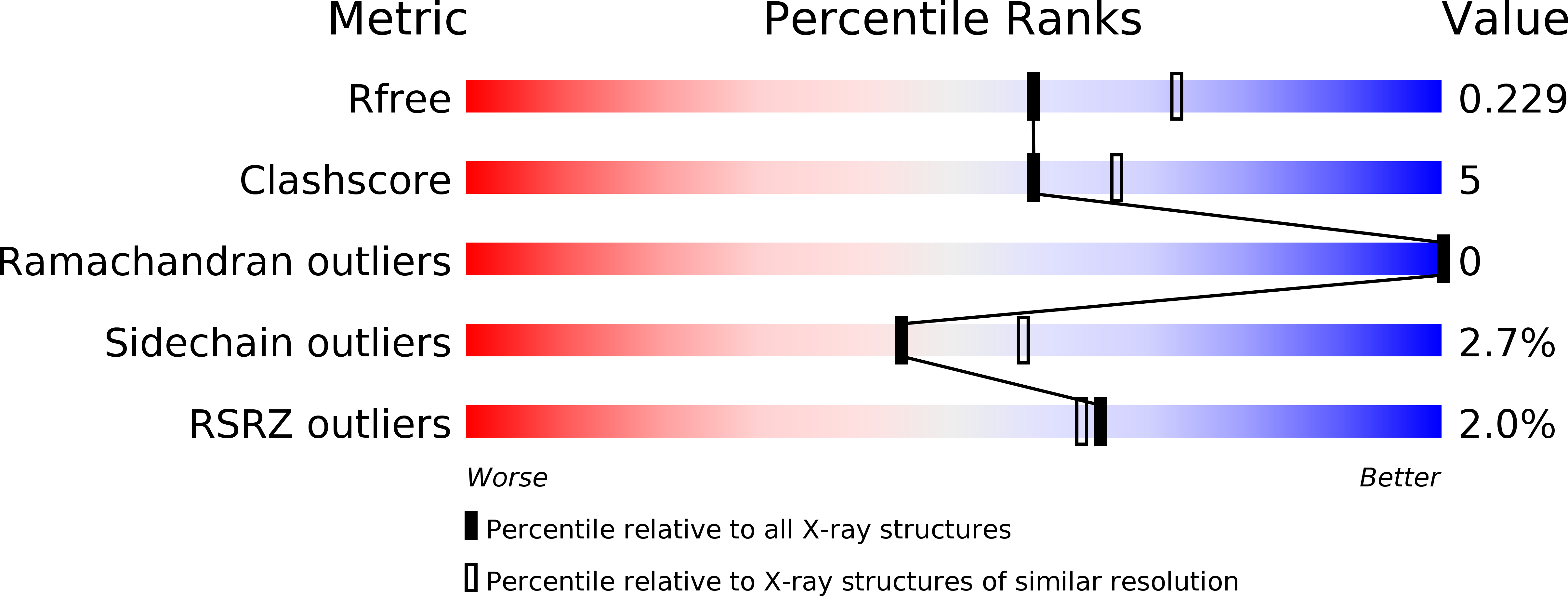
Deposition Date
2020-04-20
Release Date
2020-06-24
Last Version Date
2024-10-30
Entry Detail
PDB ID:
6WLX
Keywords:
Title:
PAK4 kinase domain in complex with beta-catenin Ser675 substrate peptide
Biological Source:
Source Organism:
Homo sapiens (Taxon ID: 9606)
Host Organism:
Method Details:
Experimental Method:
Resolution:
2.20 Å
R-Value Free:
0.22
R-Value Work:
0.19
R-Value Observed:
0.19
Space Group:
P 41 21 2


